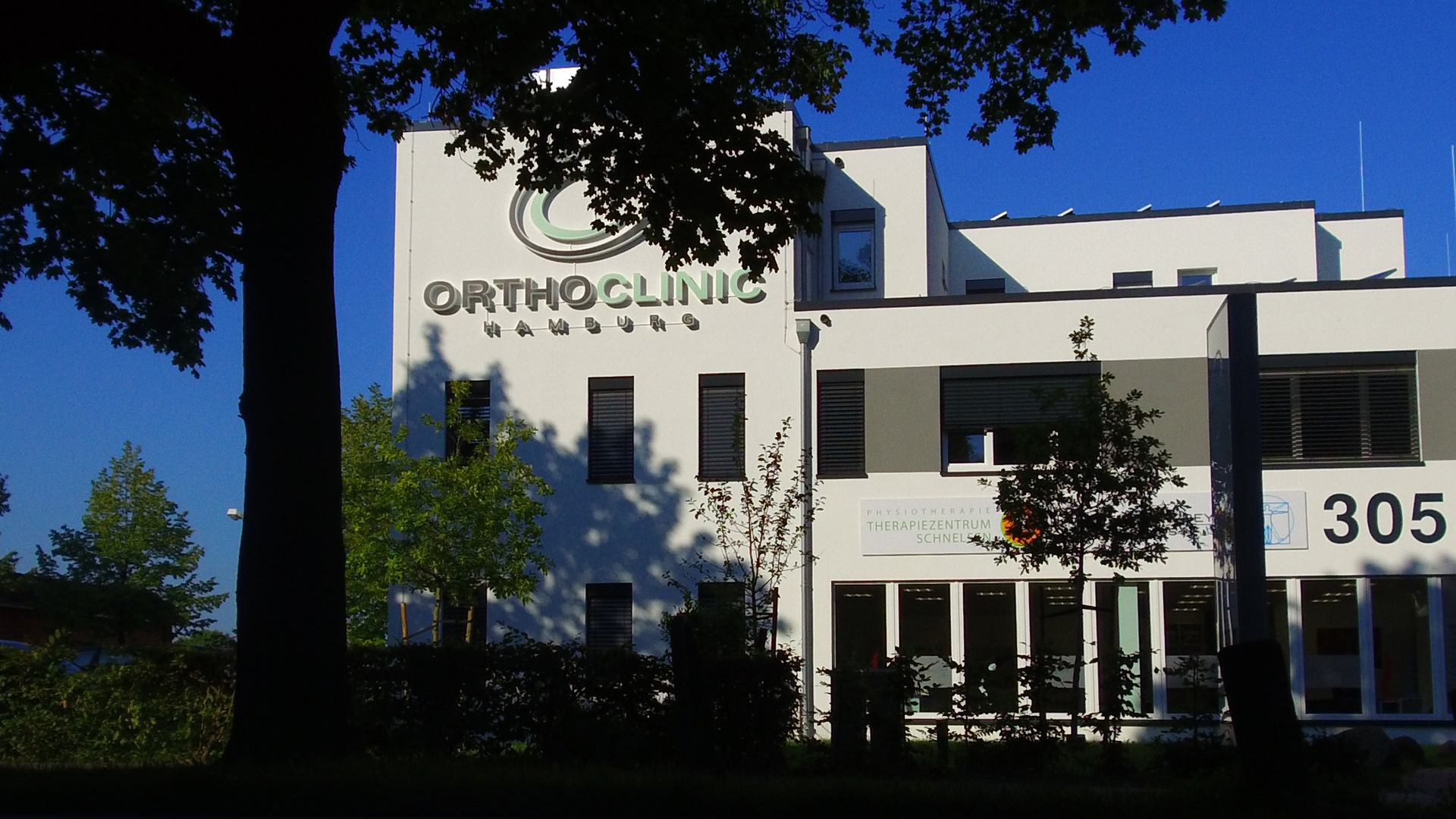Material damage in the joint mechanism of the Rotating Knee Prosthesis ENDO-Modell is most frequently found in prostheses retrieved during exchange operations from patients with severe varus deformity and hyperextension. The bending stresses resulting from these conditions apparently lead to material damage if the function of stabilising structures such as the capsule, ligaments and muscles is deficient. Malposition during rotation, in contrast, does not hinder the axial force flow and by itself does not cause any significant incidence of material damage.
Judging from the distribution of the different types of damage to the joint bush, the damage appears to arise in a particular sequence beginning with migration of the polyethylene bush and distortion around the rim, followed by the formation of cracks which eventually lead to the bush being completely torn out of its socket. Careful handling of joint structures with economic notching in the lateral ligaments during surgical exposure of the joint are, in addition to correct axial implantation of the prosthesis, indispensable pre-conditions for long service life of the implant. In view of the premature material failure described here implantation of the Rotating Knee ENDO-Modell has to be considered critically in cases with severe axial deviation, particularly when this is coupled with high body weight and activity level, severe fixed flexion contracture, loss of bone substance and irreparable deficiency of muscle and soft tissue. Such conditions are often found in patients with advanced rheumatoid arthritis, neurological disease and in the elderly.

